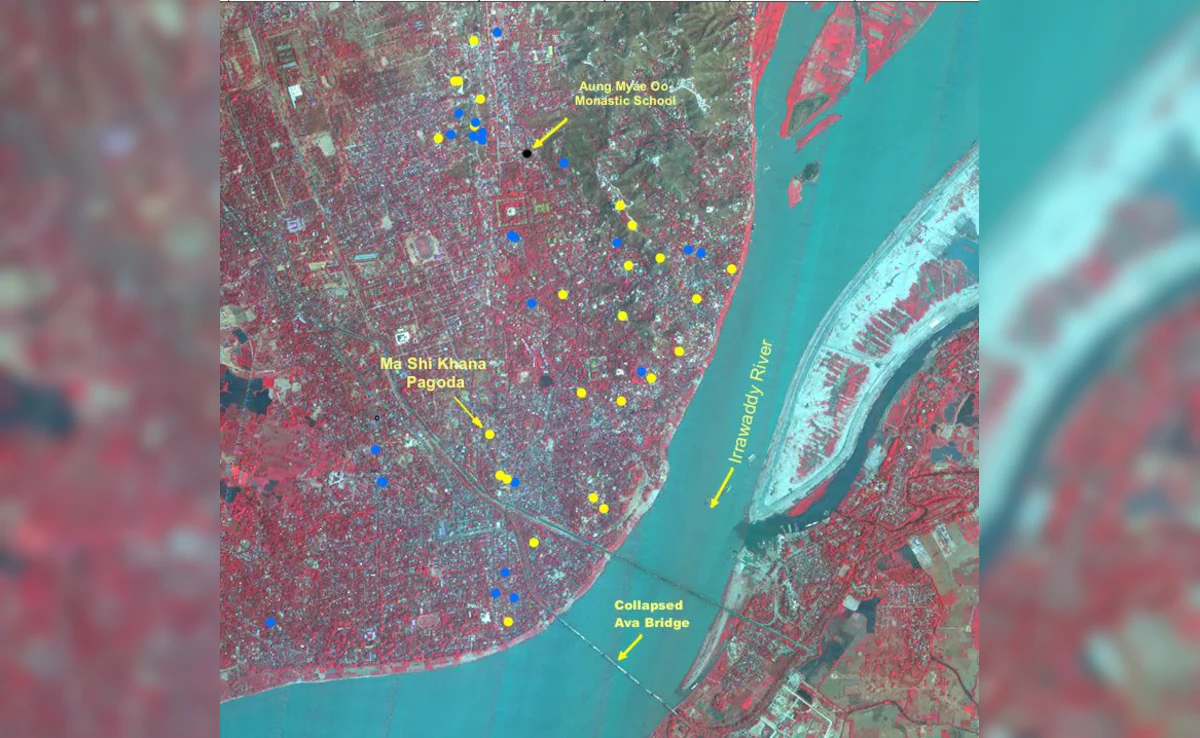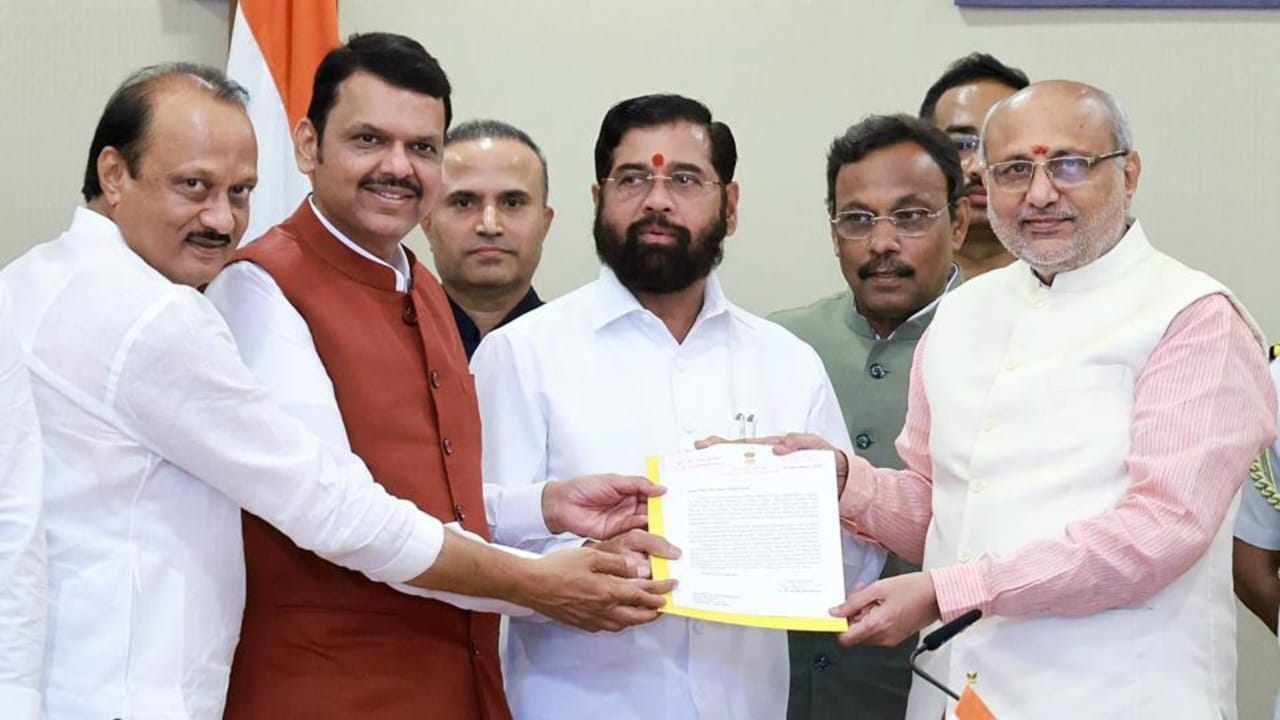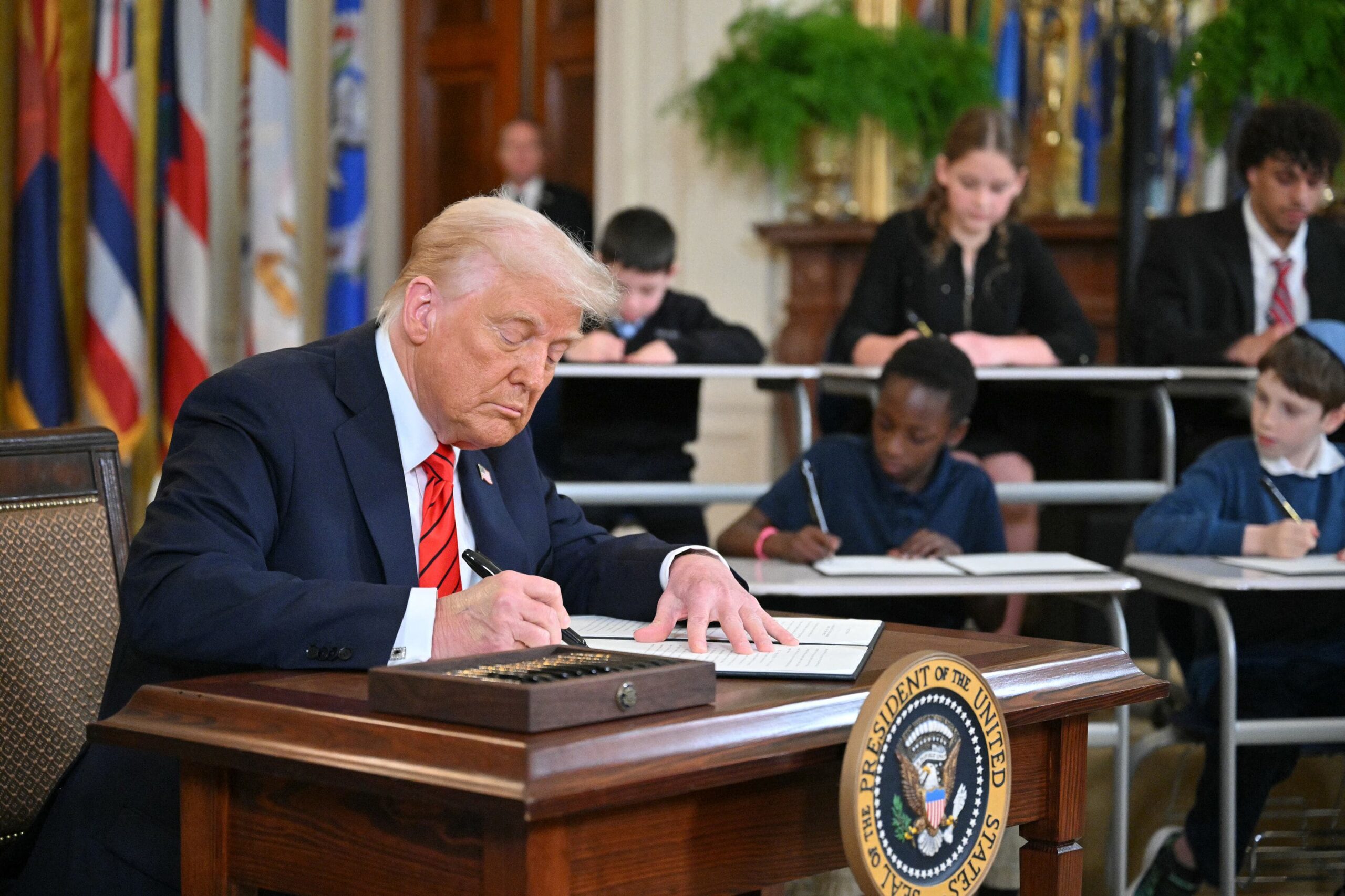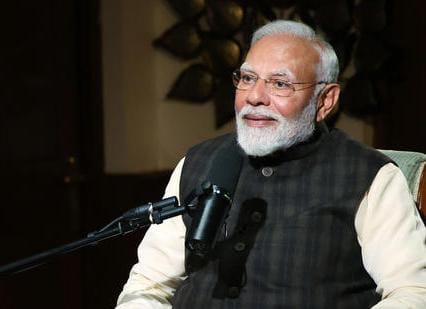The best news today In a bold and controversial move, former US President Donald Trump announced 26% “reciprocal” tariffs targeting several countries, including India. The word “reciprocal” may seem like an innocuous combination, but it has significant significance in the international trade community. These tariffs have sent ripples around the world, raising questions about their long-term impact on economies like India. With India being one of the fastest-growing major economies, will New Delhi be able to weather the storm, or will Trump’s tariffs expose the weaknesses of its system? Stay tuned for more details.
All the points in this post
Understanding Reciprocal Tariffs
Before delving into specifics, it is important to first understand what reciprocal tariffs are. Unlike conventional tariffs, which are imposed unilaterally, reciprocal tariffs aim to level the playing field between trading partners. The idea is simple: If a country imposes high tariffs on goods imported from the United States to India, India retaliates by imposing equivalent tariffs on goods imported from the United States.
But Donald Trump’s version of reciprocal tariffs adds a twist—he calls them “exempt,” suggesting that they are not punitive but designed to promote fairness. Critics argue that these tariffs are not fair; instead, they represent a protectionist agenda aimed at protecting American industries from foreign competition.
The rationale behind Donald Trump’s decision stems from his belief that many countries have enjoyed an unfair advantage when trading with the United States. By imposing these tariffs, he hopes to force other countries to lower their own trade barriers, but he also says that doing so will create what he sees as a more equitable global trading environment. But while this approach may appeal to some segments of the American population, it risks destabilizing economies elsewhere – especially for those whose businesses are heavily dependent on exports to the United States.
Impact on India
India is seeing itself affected by Donald Trump’s latest trade policy. As one of the biggest beneficiaries of preferential access to the US market through programs like the Generalized System of Preferences (GSP), India seems to have a lot to lose. Here’s a look at how these tariffs could affect various sectors of the Indian economy:
Impact on textiles and apparel
One of India’s largest export sectors, textiles, is set to bear the brunt of the new tariffs. The US is a major destination for Indian cotton and synthetic fabrics as well as ready-made garments. As the high tariffs make these products less competitive, Indian exporters are likely to struggle to maintain their market share. This could lead to a decline in revenue and more businesses going under, with layoffs expected in textile hubs like Tirupur and Surat.
Impact on Medicines
India supplies about 40% of the over-the-counter and generic drugs used in the US, making medicines another area of concern. High tariffs would raise costs for American consumers and potentially disrupt supply chains. For Indian companies, this could mean losing lucrative contracts and facing stiff competition from alternative suppliers such as China and Mexico.
Impact on IT services
While software and IT services are not directly affected by the tariffs, a broader economic downturn caused by a decline in exports is expected to indirectly hurt India’s thriving technology industry. Many Indian companies rely on strong demand from Western markets to sustain growth. Any disruption in client spending could lead to slower hiring and even downsizing.
Despite these challenges, there is reason to believe that India’s economy may be somewhat resilient compared to smaller countries. With a population of more than 1.4 billion, India boasts a huge domestic market capable of absorbing excess production. Moreover, recent efforts to boost manufacturing under initiatives like “Make in India” could help offset the export decline.
Global context: A look at who will be hit hardest
India is not alone in grappling with Trump’s retaliatory tariffs. Countries around the world are reportedly struggling to assess the damage and come up with countermeasures. So who stands to lose the most – and who will be relatively unscathed? Stay tuned to find out.

Impact on China
China has remained particularly vulnerable as an early target of the trade war during Trump’s presidency. Despite efforts to diversify export destinations, Beijing is heavily dependent on the US market. The 26% tariff hike could further exacerbate existing tensions and put further strain on bilateral relations.
The European Union
may face risks to its extensive trade relationship with the US, such as automotive manufacturing and luxury goods, prompting calls for collective action among member states.
Mexico and Canada
Thanks to NAFTA (now USMCA), Mexico and Canada reportedly enjoy special exemptions from many US tariffs. However, non-tariff barriers and regulatory hurdles continue to plague them, which are expected to complicate matters for businesses operating across North America.
India, by comparison, occupies a middle ground—not completely immune but also not the most affected player. Its geographical location, diverse industrial base and growing regional partnerships are expected to provide some flexibility.
Is India prepared for an economic shock?
So, is India prepared to deal with the impact of Donald Trump’s tariffs? To answer this question, we need to examine both its strengths and weaknesses.
On the positive side, India has made significant progress in recent years towards increasing its economic resilience. Initiatives such as “Atmanirbhar Bharat” (Self-Reliant India) emphasize self-reliance and innovation, reducing dependence on external markets. In addition, ongoing infrastructure development projects and digital transformation efforts position India well for future growth.
However, challenges remain. India’s dependence on oil imports makes it vulnerable to fluctuations in global energy prices – exacerbated by geopolitical instability. Moreover, bureaucratic red tape and inadequate labor reforms continue to hamper business operations.
To mitigate the impact of Donald Trump’s tariffs, New Delhi could consider several strategies. Let’s take a look at what they are:
- It is expected to strengthen trade relations with emerging economies such as Brazil, South Africa and ASEAN.
- Expand participation in multilateral forums such as the World Trade Organization (WTO) and.
- Invest in research and development to enhance product quality and competitiveness.
Free Trade Agreements (FTAs) with countries such as Japan, Australia and the United Arab Emirates could provide a valuable lifeline, enabling Indian exporters to access alternative markets.
What will be the long-term impact?
Looking ahead, Donald Trump’s retaliatory tariffs are expected to fundamentally alter the global trade landscape. On the one hand, they could trigger a wave of retaliatory measures, leading to prolonged uncertainty and stagnation. On the other hand, they could encourage innovation and cooperation as nations seek creative solutions to overcome trade barriers.
For India, the path ahead promises both opportunities and obstacles. If managed effectively, the current crisis could catalyze structural reforms and foster greater economic freedom. Conversely, missteps are expected to expose the country to long-term hardship.
In the US-India relationship, the path remains uncertain. While shared democratic values and strategic interests suggest opportunities for cooperation, divergent priorities on trade are known to strain the relationship going forward.
the end
Donald Trump’s announcement of 26% reciprocal tariffs represents a double-edged sword for India. On the surface, the move poses a clear threat to key sectors such as textiles, pharmaceuticals and IT services. Yet, an opportunity lurks beneath the surface—an opportunity for India to reassess its trade strategy, build domestic capabilities and build stronger alliances with unconventional partners.
Ultimately, whether India thrives or simply survives depends largely on its ability to adapt. By embracing change and harnessing its inherent strengths, New Delhi can navigate these turbulent waters and emerge stronger than ever. After all, history shows us that adversity often breeds wisdom. Don’t forget to let us know what you think about Donald Trump’s 26% reciprocal tariff, but





















Leave a Reply